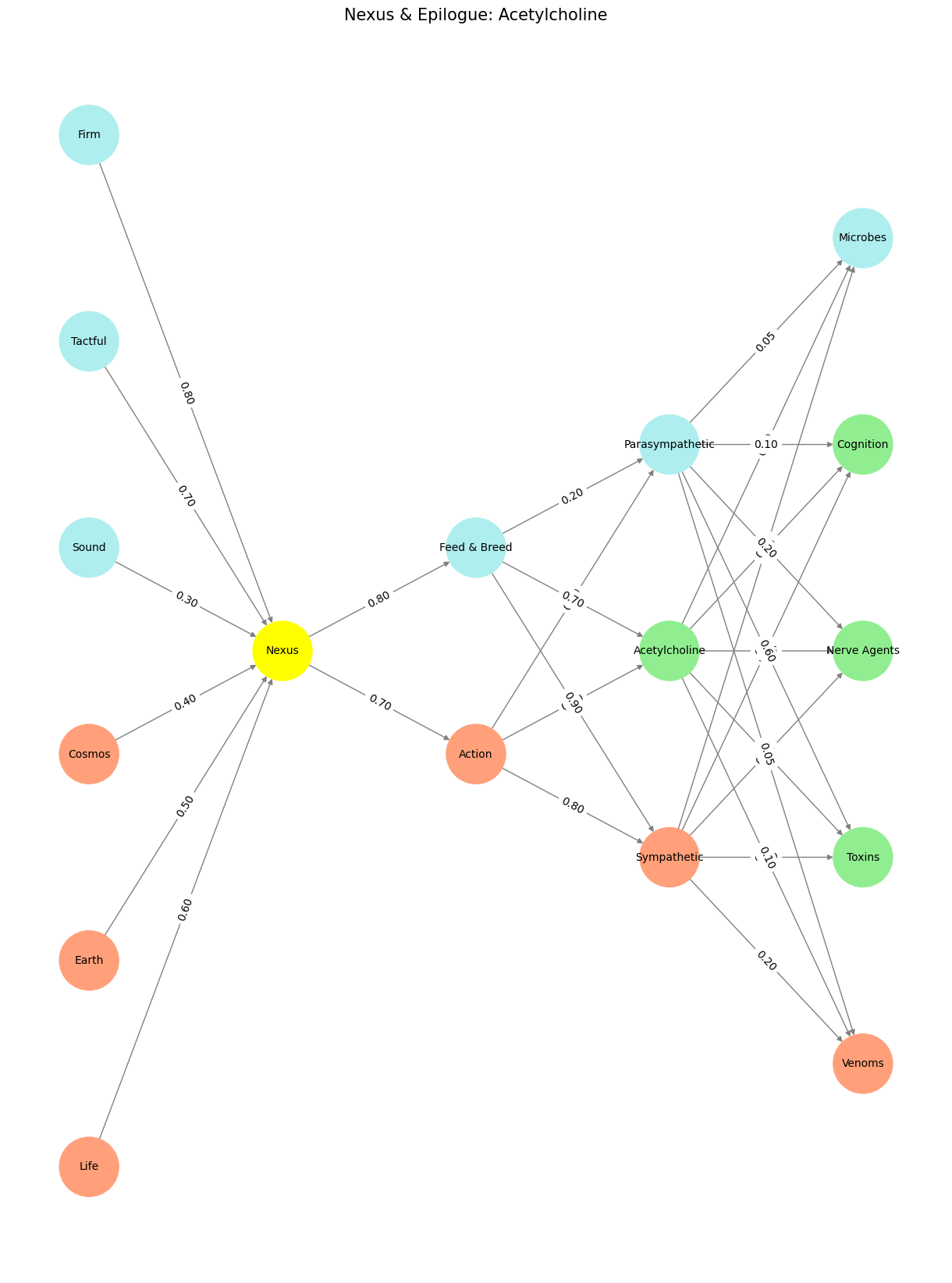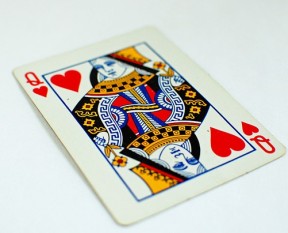Tactical#
The School of Resentment versus the School of Athens can indeed be interpreted as a cultural-level Red Queen dynamic, particularly in the context of the ongoing dialectic between The Patriarchy and Marxist-inspired critiques of systemic power imbalances. This metaphor situates the sexes as symbolic participants in a perpetual evolutionary arms race of cultural influence, with each “school” sharpening its ideological weapons to maintain or challenge equilibrium.

Fig. 1 One quick look at this mural and someone may see nothing other than the patriarchy. A more nuanced view would see Apollo with a harp, bringing to mind “Imperfect for you” (my boy give me your hand, throw your guitar and your clothes in the backseat) by Ariana Grande. After all, he’s the only unclothed character among hundreds – and with a Lyre! This depiction invites reflection on Apollo as the embodiment of harmony, prophecy, and artistic idealism, standing in stark contrast to Athena/Ariana brandishing sword and shield. Athena’s posture reminds us of her duality as the goddess of wisdom and war, whispering to Apollo: “my love, they don’t understand I’ll hold your hurt in a box here beside me.” This interaction encapsulates the nuanced interplay of the divine—creation and protection as interwoven forces. Atta girl, atta goddess!#
The Patriarchy as the School of Athens#
The School of Athens symbolizes a cooperative yet hierarchical vision of society. It exalts structure, intellectual rigor, and the pursuit of transcendent ideals, aligning with the archetypal representation of The Patriarchy as a system designed to sustain order and cultural continuity. Plato and Aristotle, central figures in The School of Athens, embody a vision of duality that resonates with patriarchal ideals: the tension between transcendent absolutes (Plato) and empirical practicality (Aristotle) mirrors the balance between tradition and adaptation within patriarchal frameworks. The presence of Apollo and Athena further enriches this vision, with Apollo’s harp symbolizing the harmony of the cosmos and Athena’s shield reinforcing the disciplined defense of wisdom.
Apollo’s symbolic nudity, standing unshielded amidst clothed figures, parallels the lyrical plea: “My boy, come take my hand, throw your guitar and your clothes in the backseat.” It symbolizes the vulnerability of creation, where artistic ideals demand shedding protective facades. Athena’s stance echoes the lines: “My love, they don’t understand, but I’ll hold your hurt in the box here beside me,” embodying the protective wisdom necessary to guard Apollo’s fragility. Together, they reflect the delicate interplay between risk and resilience inherent in the act of creation and preservation.
The Patriarchy’s strength lies in its institutional memory and its ability to build monuments—both literal and metaphorical—that stabilize society over time. However, its rigidity makes it vulnerable to critique and subversion, particularly when its hierarchies alienate or exclude.
The School of Resentment as Marxist-Inspired Critique#
The School of Resentment, as Harold Bloom defines it, can be seen as a Marxist-inspired cultural reaction against the hierarchies and exclusions perpetuated by patriarchal systems. This school thrives on interrogating and deconstructing the narratives upheld by The Patriarchy, leveraging resentment as a catalyst for change. It foregrounds lived experience, marginal voices, and a critique of the “monuments” of the School of Athens, casting these as oppressive artifacts rather than aspirational achievements. In this context, it draws heavily on Marxist dialectics, framing the historical struggle of the sexes as a class conflict in which power structures must be dismantled for liberation and equality. Apollo and Athena’s divine interplay subtly critiques the extremes of either “school,” suggesting a balance between their approaches as a potential path forward.
The Red Queen Dynamic#
The Red Queen hypothesis, borrowed from evolutionary biology, describes a situation where species must continuously adapt not to gain an advantage but merely to maintain relative fitness within a competitive ecosystem. Applied here, the sexes, as represented by these opposing schools, engage in a cultural arms race. The Patriarchy refines its narratives and structures to remain relevant and preserve authority, while the School of Resentment innovates its critiques, seeking to expose and exploit weaknesses in those same structures. Neither side achieves a final victory; instead, the tension propels cultural evolution, with society oscillating between periods of stabilization (Athens) and upheaval (Resentment).
Athena’s sword and shield reflect the sentiment: “How could we know we’d rearrange all the cosmos?” signaling her transformative force, while Apollo’s lyre plays the silent undertone of creation. The shared ethos of “crashing and burning” echoes the cyclical destruction and rebirth of cultural ideals, underscoring the necessity of both critique and renewal.
Gendered Implications#
This dynamic has gendered undertones. The Patriarchy often aligns with traditionally masculine-coded virtues—order, discipline, abstraction—while Marxist-inspired critiques evoke feminine-coded attributes like relationality, inclusivity, and care. The conflict, then, is not just ideological but also symbolic of deeper tensions between masculine and feminine archetypes, each seeking to assert its vision of equilibrium.
Apollo’s lyre and Athena’s shield resonate within this gendered discourse: the lyre as a symbol of artistic creation and connection, the shield as a protector of wisdom and justice. Together, they embody a synthesis of masculine and feminine energies, suggesting that resolution lies not in dominance but in the interplay of these archetypes. The lyric “I’m glad we crashed and burned” echoes their dynamic, where imperfect harmony emerges through conflict, reshaping cultural narratives.
Toward Synthesis or Perpetual Conflict?#
While the Red Queen dynamic implies endless competition, one might argue that the School of Athens and the School of Resentment represent complementary forces necessary for cultural vitality. The School of Athens preserves continuity, while the School of Resentment ensures dynamism and adaptation. The challenge lies in reconciling these forces without succumbing to destructive polarization. In the context of the sexes, this might mean transcending the zero-sum framing of patriarchy versus liberation to envision a cooperative equilibrium that honors both schools’ contributions to the cultural and existential narrative.
The ongoing interplay between these “schools” ensures that neither can rest on its laurels, forcing constant innovation and reflection—a testament to humanity’s collective adaptability and resilience. Apollo and Athena, as divine participants in this dynamic, remind us that harmony and wisdom must coexist to navigate the perpetual push and pull of cultural evolution. Their synergy mirrors the lyric “How could we know we’d make the bad stuff delightful?” where imperfection becomes a source of transcendent creativity.
Acetylcholine#
Show code cell source
import numpy as np
import matplotlib.pyplot as plt
import networkx as nx
# Define the neural network structure
def define_layers():
return {
'Pre-Input': ['Life','Earth', 'Cosmos', 'Sound', 'Tactful', 'Firm', ],
'Yellowstone': ['Nexus'],
'Input': ['Action', 'Feed & Breed'],
'Hidden': [
'Sympathetic',
'Acetylcholine',
'Parasympathetic',
],
'Output': ['Venoms', 'Toxins', 'Nerve Agents', 'Cognition', 'Microbes', ]
}
# Define weights for the connections
def define_weights():
return {
'Pre-Input-Yellowstone': np.array([
[0.6],
[0.5],
[0.4],
[0.3],
[0.7],
[0.8],
[0.6]
]),
'Yellowstone-Input': np.array([
[0.7, 0.8]
]),
'Input-Hidden': np.array([[0.8, 0.4, 0.1], [0.9, 0.7, 0.2]]),
'Hidden-Output': np.array([
[0.2, 0.8, 0.1, 0.05, 0.2],
[0.1, 0.9, 0.05, 0.05, 0.1],
[0.05, 0.6, 0.2, 0.1, 0.05]
])
}
# Assign colors to nodes
def assign_colors(node, layer):
if node == 'Nexus':
return 'yellow'
if layer == 'Pre-Input' and node in ['Sound', 'Tactful', 'Firm']:
return 'paleturquoise'
elif layer == 'Input' and node == 'Feed & Breed':
return 'paleturquoise'
elif layer == 'Hidden':
if node == 'Parasympathetic':
return 'paleturquoise'
elif node == 'Acetylcholine':
return 'lightgreen'
elif node == 'Sympathetic':
return 'lightsalmon'
elif layer == 'Output':
if node == 'Microbes':
return 'paleturquoise'
elif node in ['Cognition', 'Nerve Agents', 'Toxins']:
return 'lightgreen'
elif node == 'Venoms':
return 'lightsalmon'
return 'lightsalmon' # Default color
# Calculate positions for nodes
def calculate_positions(layer, center_x, offset):
layer_size = len(layer)
start_y = -(layer_size - 1) / 2 # Center the layer vertically
return [(center_x + offset, start_y + i) for i in range(layer_size)]
# Create and visualize the neural network graph
def visualize_nn():
layers = define_layers()
weights = define_weights()
G = nx.DiGraph()
pos = {}
node_colors = []
center_x = 0 # Align nodes horizontally
# Add nodes and assign positions
for i, (layer_name, nodes) in enumerate(layers.items()):
y_positions = calculate_positions(nodes, center_x, offset=-len(layers) + i + 1)
for node, position in zip(nodes, y_positions):
G.add_node(node, layer=layer_name)
pos[node] = position
node_colors.append(assign_colors(node, layer_name))
# Add edges and weights
for layer_pair, weight_matrix in zip(
[('Pre-Input', 'Yellowstone'), ('Yellowstone', 'Input'), ('Input', 'Hidden'), ('Hidden', 'Output')],
[weights['Pre-Input-Yellowstone'], weights['Yellowstone-Input'], weights['Input-Hidden'], weights['Hidden-Output']]
):
source_layer, target_layer = layer_pair
for i, source in enumerate(layers[source_layer]):
for j, target in enumerate(layers[target_layer]):
weight = weight_matrix[i, j]
G.add_edge(source, target, weight=weight)
# Customize edge thickness for specific relationships
edge_widths = []
for u, v in G.edges():
if u in layers['Hidden'] and v == 'Kapital':
edge_widths.append(6) # Highlight key edges
else:
edge_widths.append(1)
# Draw the graph
plt.figure(figsize=(12, 16))
nx.draw(
G, pos, with_labels=True, node_color=node_colors, edge_color='gray',
node_size=3000, font_size=10, width=edge_widths
)
edge_labels = nx.get_edge_attributes(G, 'weight')
nx.draw_networkx_edge_labels(G, pos, edge_labels={k: f'{v:.2f}' for k, v in edge_labels.items()})
plt.title("Nexus & Epilogue: Acetylcholine", fontsize=15)
# Save the figure to a file
plt.savefig("figures/logo.png", format="png")
plt.show()
# Run the visualization
visualize_nn()


Fig. 2 Acetylcholine. Partly because of acetylcholine’s muscle-activating function, but also because of its functions in the autonomic nervous system and brain, many important drugs exert their effects by altering cholinergic transmission. Numerous venoms and toxins produced by plants, animals, and bacteria, as well as chemical nerve agents such as sarin, cause harm by inactivating or hyperactivating muscles through their influences on the neuromuscular junction. Drugs that act on muscarinic acetylcholine receptors, such as atropine, can be poisonous in large quantities, but in smaller doses they are commonly used to treat certain heart conditions and eye problems. Scopolamine, or diphenhydramine, which also act mainly on muscarinic receptors in an inhibitory fashion in the brain (especially the M1 receptor) can cause delirium, hallucinations, and amnesia through receptor antagonism at these sites. So far as of 2016, only the M1 receptor subtype has been implicated in anticholinergic delirium. The addictive qualities of nicotine are derived from its effects on nicotinic acetylcholine receptors in the brain. Source: Wikipedia#

